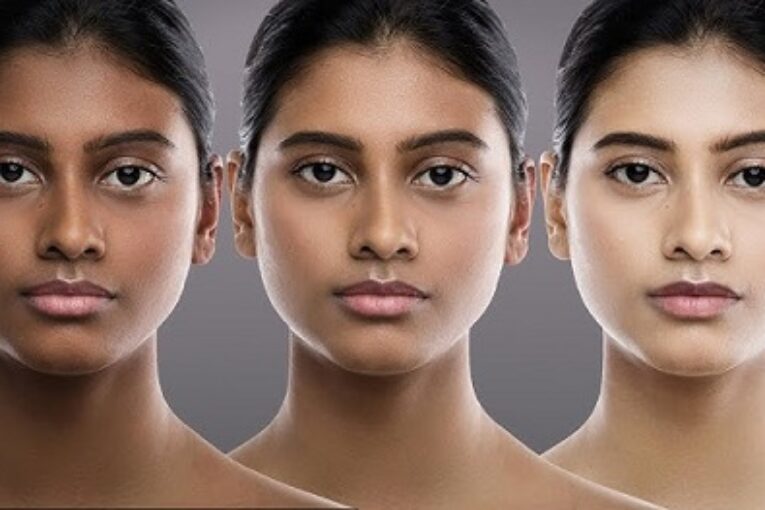
Skin care practices vary widely, and two common terms that often come up are “toning” and “bleaching.”
While both can alter the appearance of your skin, they are fundamentally different in their purpose, methods, and effects. Understanding these differences is crucial for making informed decisions about your skincare routine. Here’s what you need to know:
- Understanding skin toning
Toning typically refers to the process of using products that even out the skin tone by targeting hyperpigmentation, dark spots, and blemishes. Toners and other skin toning products often contain ingredients like Vitamin C, niacinamide, and alpha hydroxy acids (AHAs), which work to:
- Brighten the skin: Toning products help to brighten the skin by reducing the appearance of dark spots and uneven pigmentation, giving the skin a more uniform and radiant look.
- Improve skin texture: Regular use of toning products can smooth out the skin’s texture, making it feel softer and more refined.
- Maintain natural skin colour: Toning does not change the natural colour of your skin; it simply enhances your skin’s overall appearance by addressing pigmentation issues.
Toning is generally considered safe when done with products that are gentle and suitable for your skin type. It aims to enhance your natural complexion rather than altering it.
- Understanding skin bleaching
Bleaching, on the other hand, involves the use of products that lighten the skin tone by reducing the concentration of melanin in the skin. Skin bleaching products often contain potent ingredients such as hydroquinone, corticosteroids, or mercury, which can:
- Lighten skin colour: Bleaching significantly lightens the skin, often to a shade lighter than the person’s natural skin tone.
- Reduce melanin production: These products work by inhibiting melanin production, the natural pigment that gives skin its colour. Overuse can lead to a loss of the skin’s natural protection against UV rays.
- Risk of harmful side effects: Bleaching can cause serious side effects, including thinning of the skin, increased sensitivity, and a higher risk of skin infections, discolouration, and even long-term damage like ochronosis (a bluish-black discolouration).
- Key differences
- Purpose: Toning is intended to improve and even out your natural skin tone, while bleaching is meant to lighten the skin by reducing melanin.
- Effects: Toning enhances your natural complexion, whereas bleaching can drastically change your skin colour.
- Safety: Toning, when done correctly, is generally safe and promotes healthy skin. Bleaching, particularly with products containing harmful chemicals, can lead to severe side effects and long-term health risks.
4. What to consider before choosing
- Your goals: Consider what you want to achieve with your skincare routine. If your goal is to have an even and radiant complexion, toning is the safer and healthier option.
- Potential risks: Be aware of the potential risks associated with bleaching, especially if you are considering using over-the-counter products with unknown ingredients.
- Consultation: It’s always a good idea to consult with a dermatologist before starting any new skin care regimen, especially if it involves strong or potentially harmful products like skin bleaches.
The decision to tone or bleach your skin should be made with a clear understanding of what each process entails. While toning is a safer and more natural way to enhance your complexion, bleaching can pose significant risks to your skin and overall health.
It’s essential to prioritise the health and safety of your skin by choosing products that are gentle, effective, and suitable for your skin type. Your natural skin tone is beautiful, and taking care of it should always be your top priority.
Pulseng




